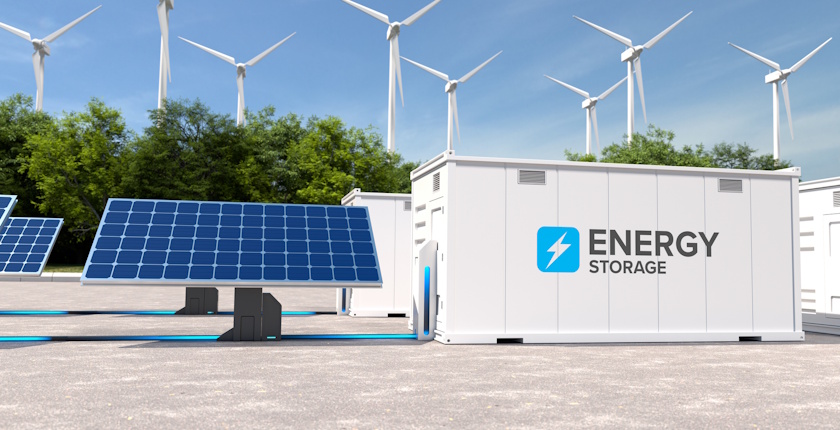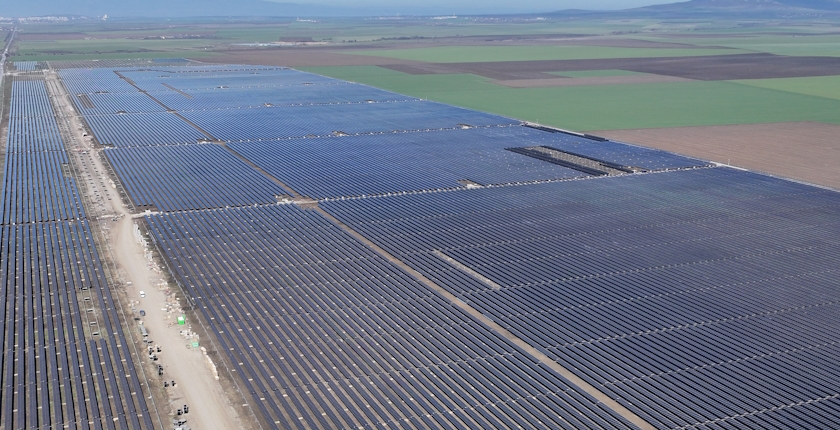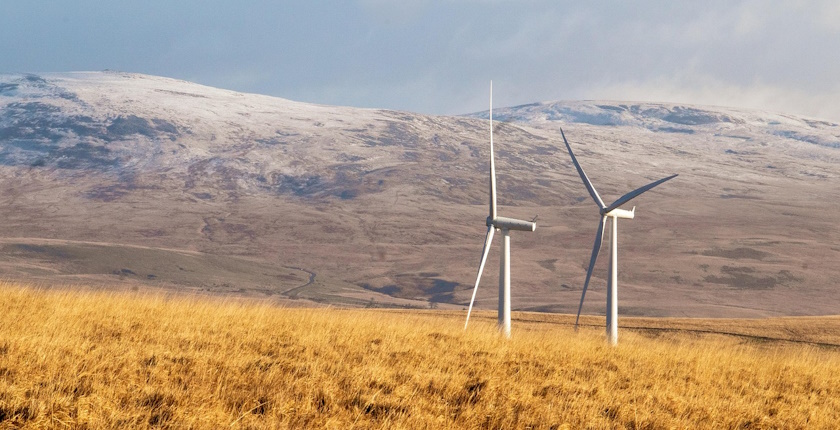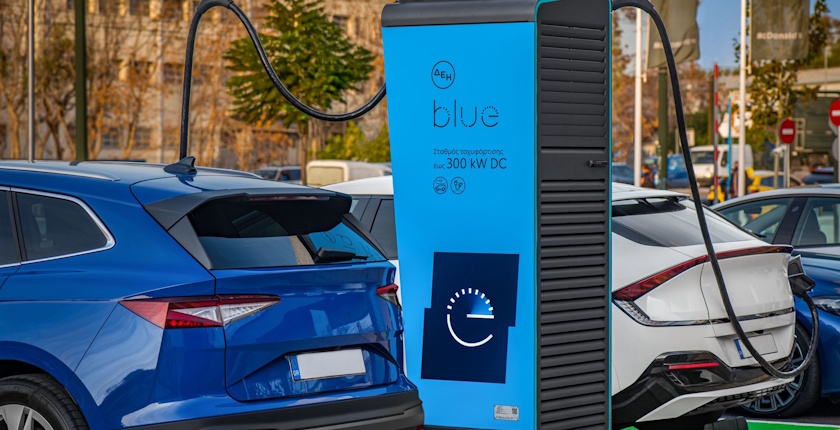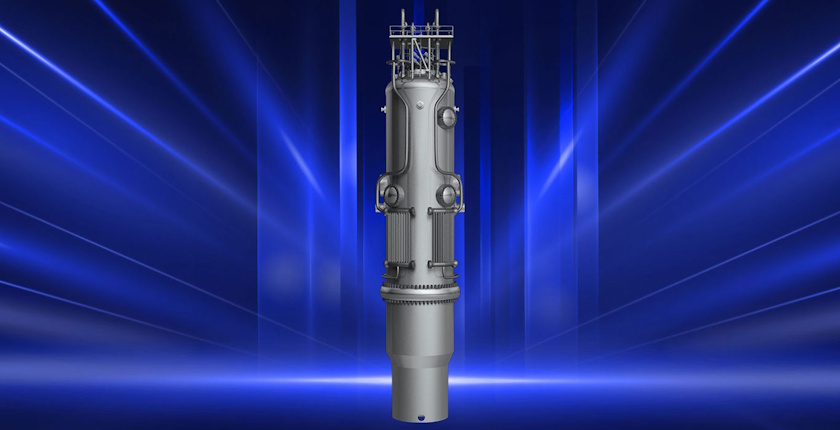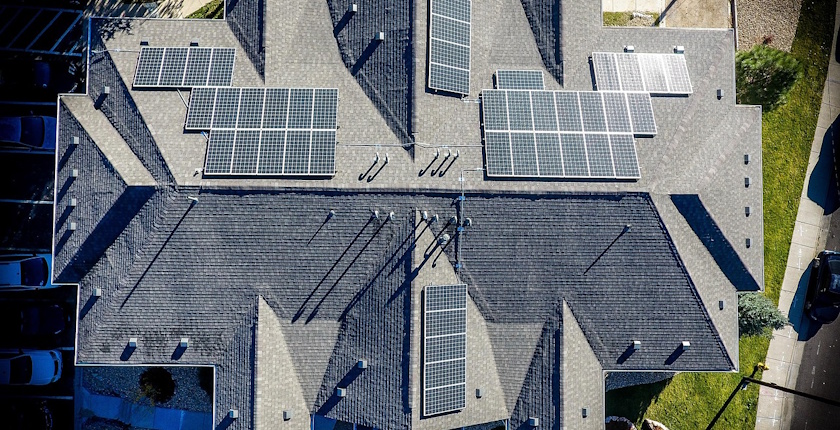The rising number of maturing wind power projects and the ones under construction in Romania has highlighted the increasing role of the technology for the country’s energy transition. The recent updates are for three locations in the country’s east.
Investments in wind power in Romania are rebounding from a long lull. According to the International Renewable Energy Agency (IRENA), the country hosted nearly 3.1 GW in wind power capacity at the end of 2024. It achieved a peak of 3.24 GW a decade before. Investors are maturing an increasing number of projects or beginning construction, alongside significant acquisition activity.
Together with a wave of investments in battery storage, the wind power segment is making the domestic renewable energy market more balanced. It was dominated by photovoltaics for several years – primarily by the meteoric rise in the number of prosumers. Of note, there were 228,302 at the end of May, operating 2.73 GW in capacity.
New Minister of Energy Bogdan Ivan recently estimated that another 3.2 GW of solar and wind power combined would come online in Romania by the end of 2026.
Wind park of over 250 MW in Ialomița to be completed in 2027
The administration of Ialomița County in the country’s east announced that KKR, its subsidiary Greenvolt and Renovatio would build a wind park of more than 250 MW. It would consist of three power plants in the area around Țăndărei, Gheorghe Lazăr, Grivița and Ograda.
According to the regional authority, the Ialomița wind farm project east of Bucharest is worth more than EUR 400 million. Its completion is expected in 2027.
Greenvolt has won support for more than half of capacity in its Ialomița Nord wind power project at the government’s first wind and solar power auction, through a contract for difference (CfD). Total investment is for 246.4 MW.
Greek renewables giant to start construction of two wind power plants
HELLENiQ Renewables Romania, operating under Greece-based HELLENiQ Energy, acquired Ansthall Green Energy from OX2. The project firm owns a ready-to-build wind project in Scânteiesti in Galaţi in eastern Romania, with a licensed capacity of 96 MW.
The Greek parent company said construction is starting immediately through a deal with OX2 Construction. It expects to put the facility into operation in 2027.
It has a 12-year virtual power purchase agreement (PPA) with Koninklijke Ahold Delhaize, for 158 GWh per year. The company operates supermarket chains. Total annual output is estimated at 309 GWh.
HELLENiQ Energy revealed that it has bought two ready-to-build projects of 282 MW in total
HELLENiQ Energy’s Romanian company also signed a contract to take over Helios and Wind Energy, a special purpose vehicle owning a ready-to-build wind project in the nearby Vaslui region. The licensed capacity is 186 MW and there is an option to add a battery energy storage system (BESS). It would have 186 MW in operational power as well and a duration of one hour, translating to 186 MWh.
Regulators in Romania must approve the agreement before the transaction.
In addition, the company completed the purchase of a ready-to-build PV project of 123 MW in peak capacity. The location is in Haskovo region in southern Bulgaria, which marks HELLENiQ’s entry into the country. The solar power plant can include a BESS facility of 90 MW and 180 MWh.
The company previously known as Hellenic Petroleum (HELPE) intends to start the construction of two BESS in its home market. They would have 50 MW and 200 MWh altogether. The two endeavors in Florina were among the winners in the third auction for battery storage in Greece.
Turkish company, Romanian footbal star’s daughter advance joint project
The third recent update is for one of the biggest planned wind farms in Romania, also in the east. The location for the Dăeni project is in Tulcea county. It has received the grid connection approval from Transelectrica and an environmental permit from the National Environment Protection Agency (NEPA or, in Romanian, ANPM).
Project documentation for the wind power plant of 56 turbines of 7.2 MW each shows the facility should be commissioned by the end of 2031, Profit.ro reported. It translates to 403.2 MW in nominal capacity. Dăeni would have a connection to the transmission grid of over 394 MW.
Oxigen Delta is 50% owned by a subsidiary of Turkey-based Sanko Enerji
The developer is Oxigen Delta, in which 50% is owned by a subsidiary of Turkey-based Sanko Enerji, part of Sanko Holding. Milana-Maria Ilie, daughter of famous former Romanian football player Adrian Ilie, is among the main shareholders, the article adds. The investment was valued at some EUR 800 million last year.
Eximprod, which installed the first wind turbine in Romania more than two decades ago, has delivered the first megawatt-hours to the grid from its new wind farm in the country’s east. Rezolv secured a financing package for the second phase of its giant Vifor wind farm in Buzău county
Eurowind Energy built the turbines earlier this year at its Pecineaga wind park. Greece-based Public Power Corp. (PPC) is supposed to connect its Deleni facility to the grid before the end of the year.
OX2 is constructing the Green Breeze wind farm as the turnkey contractor for the investor, Nala Renewables.
Post Views:102
